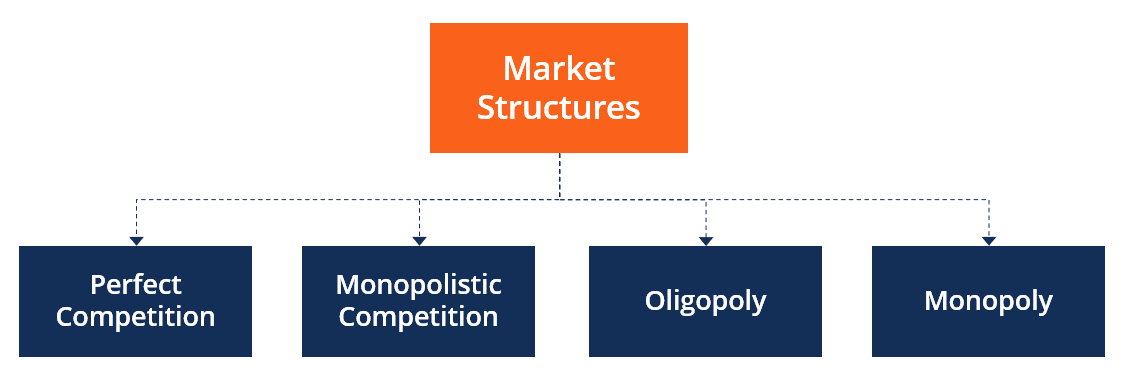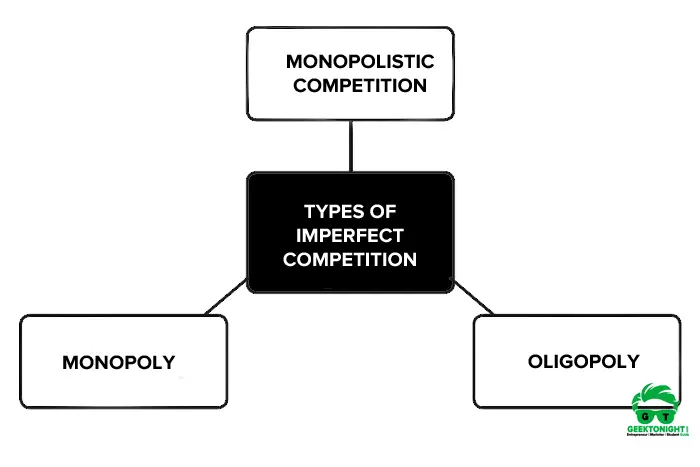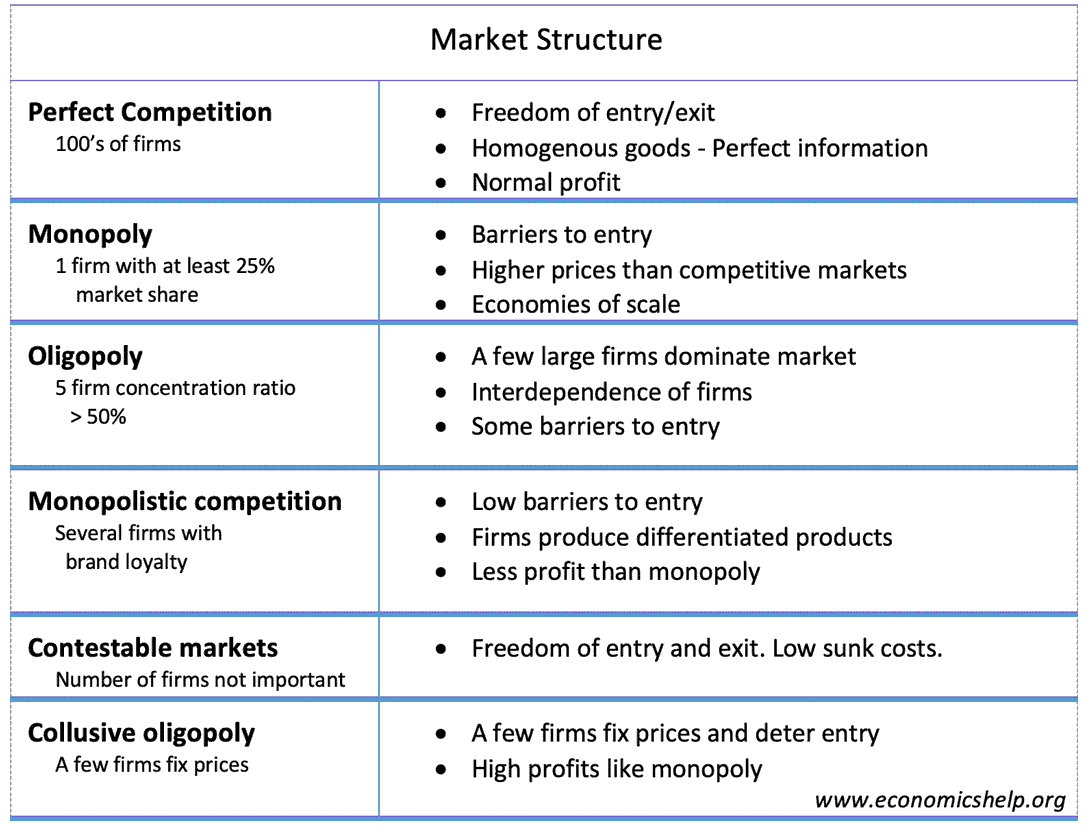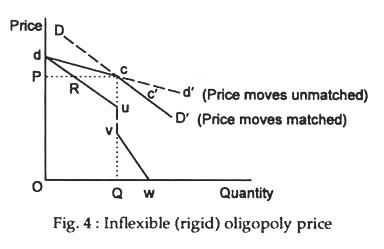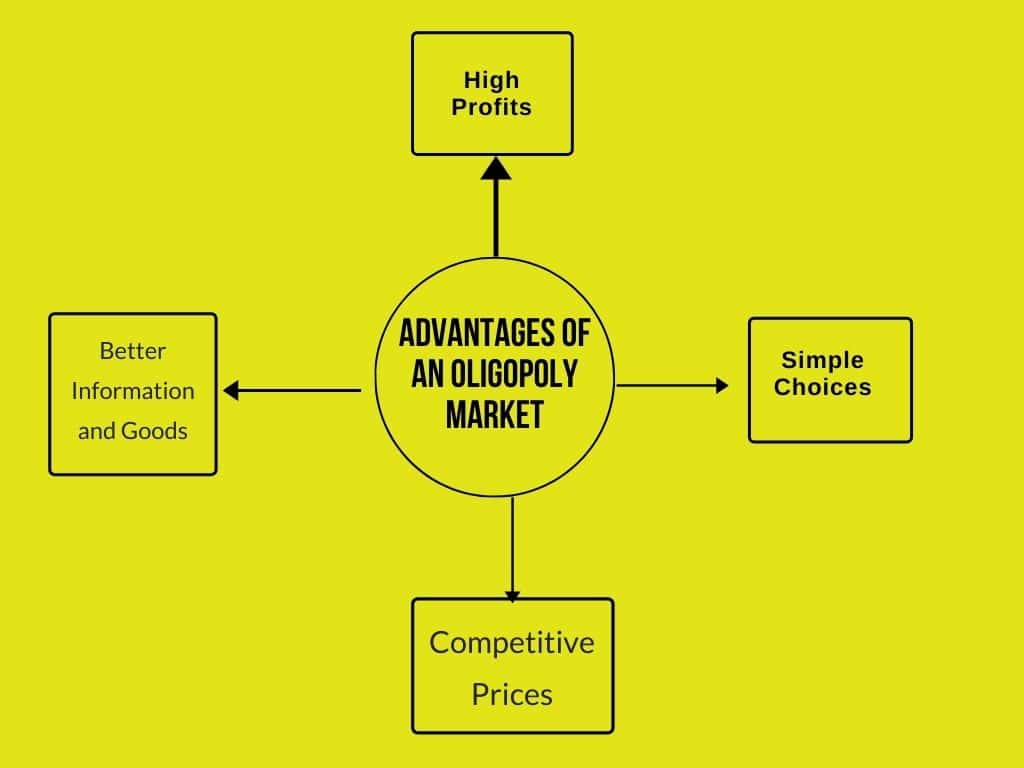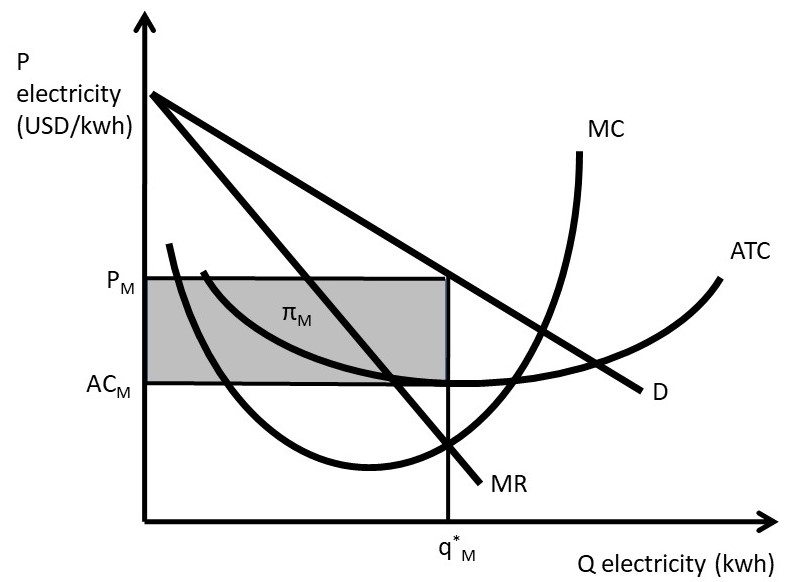Oligopoly is a market structure characterized by a small number of firms that dominate the market and are able to significantly influence the market price and output. There are several forms of oligopoly, including pure oligopoly, differentiated oligopoly, and collusive oligopoly.
Pure oligopoly is a form of oligopoly in which all the firms produce identical or nearly identical products. This means that the products of the firms are perfect substitutes for each other, and consumers cannot differentiate between them based on product quality or features. Examples of pure oligopoly include the market for gasoline, in which all gasoline brands are largely the same, and the market for cement, in which all cement brands are largely the same.
Differentiated oligopoly is a form of oligopoly in which the firms produce products that are slightly different from each other. This means that the products of the firms are not perfect substitutes, and consumers can differentiate between them based on product quality or features. Examples of differentiated oligopoly include the market for automobiles, in which different brands offer different features and styles, and the market for fast food, in which different brands offer different menu items and atmospheres.
Collusive oligopoly is a form of oligopoly in which the firms cooperate with each other to achieve a mutually beneficial outcome. This can involve setting prices at a certain level, limiting production to drive up prices, or dividing up the market among the firms. Collusive oligopoly is illegal in most countries, as it can lead to higher prices for consumers and reduced competition.
In all forms of oligopoly, the firms have a high degree of market power and are able to influence the market price and output to a significant extent. However, the degree of market power and the ability to influence the market differ among the different forms of oligopoly. In pure oligopoly, the firms have a high degree of market power and are able to influence the market price and output to a greater extent than in differentiated oligopoly, where the firms have a lower degree of market power. In collusive oligopoly, the firms have the highest degree of market power and are able to influence the market price and output to the greatest extent.
Overall, oligopoly is a complex market structure characterized by a small number of firms that dominate the market and have the ability to significantly influence the market price and output. There are several forms of oligopoly, including pure oligopoly, differentiated oligopoly, and collusive oligopoly, each with its own unique characteristics and level of market power.
